Description
The sound quality of Pink Floyd’s important sound source from when he was with SID has been significantly improved with a new upper source that mixes 2 sources!! The noteworthy sound source that suddenly appeared on the internet in November 2019 has been made into a disc in the world’s fastest time!! 1967 September 13th, Denmark is the last day of Copenhagen Star Club 3DAYS. It may be too late for fans, but this performance, along with the Rotterdam performance in 1967, has long been known as a valuable recording that captured Floyd when he was with Sid. Our store also released “STAR CLUB ’67 REMASTER” in December 2011, which is a direct copy of the master reel with pitch correction and restoration of the midrange that had been a little crushed. I think the reality is that it is perceived as being “difficult to appreciate.” This master recording, which is known as the only recording that captures this day, is a monaural AUD source recorded by a local musician at the time called Carsten V. Later, another person borrowed his master and recorded it on a reel. It seems that a copy (= 1st gen) was created with To Reel, and 2nd gen and later copies based on this were frequently traded and spread all over the world. By the way, if you have experience in tape trading, you will understand the difference, but copying depends on the choice of equipment, the tape used, whether the Dolby B/C function is on or off, and where the volume is the loudest. The sound quality and quality of copies of the same generation can vary greatly depending on the transfer method and equipment environment, such as how to set the input level. This 1967 Copenhagen appears to have been transferred with very little deterioration to the 3rd gen, which was transferred to a Maxell high-posit cassette XL?90 with Dolby B turned on in March 1986 by a person named Martin Balsam. , which ended up remaining in his collection as copy “A”. On the other hand, although the generation is unknown, there is a copy “B” on the Internet that has a completely different route and tape transfer environment, and although it is inferior to copy A in terms of overall sound quality, it is Sid’s valuable guitar. Martin notices that the sound is better preserved than in Copy A. This work, which was created by mixing copies A and B to bring out the best aspects of each, is the world’s fastest pressed album!! However, even though the sources were originally derived from the same master, Why didn’t the sources used on the previous editions have as good a sound as the sources used on this edition (especially copy A)? …The main reason for this is that noise reduction (probably Dolby B type) was applied quite strongly to the source used on the previous release when the tape was transferred at some point. Although this certainly suppressed the hiss, it also gave the sound image an unnatural feeling of pressure and confinement, making it uncomfortable to listen to. As mentioned above, Copy A was actually recorded with Dolby B turned on when it was created, but it is noteworthy that this new source had this Dolby effect turned off when playing back when mixing A and B. This created an upper-level feeling that was on a different level from the sound we were used to. There is a famous anecdote that the famous taper Mike Millard turned on Dolby B when recording, and turned it off during playback, preferring the sound to make the high frequencies more audible. By the same logic, the feeling of pressure in the sound image and the narrowness of the sound range disappear, and a natural and clear sound expansion that no one has ever heard is realized. The effect is tremendous from the opening “Reaction in G”. Since the song is an instrumental, it’s easy to hear the differences in the sound and sound output of each instrument.For example, the explosion of the hi-hat at around 4:14 has an exceptionally direct feel, and above all, Sid’s guitar sound Now you can grasp the charm with a more reliable sound. The impression of a dumpling-like and cramped low range on “Arnold Layne” disappears, and the power of a natural and clear low range is overflowing. The bass and snare sounds, which were a bit muffled, have become clearer, and the single melody and choked sounds of Sid’s guitar that are occasionally scattered throughout the song can now be heard more clearly. In addition, in the tuning scene that begins for a while after the end of the song, the depth and breadth of the sound image was crushed by the Dolby effect on the previously released version, but here, even the minute sounds are not buried and the clarity is improved, giving the vivid atmosphere and spatiality of the scene on that day. has been revived beautifully. The previously released sound of “One in a Million” also had a dumpling-like and rounded sound, but here it appears with a sound that has added sharpness and core strength, and the rhythmic core that continues to create the hook becomes more and more vivid. It started to tighten. Another topic is that Roger’s singing voice has become clearer and easier to listen to since the sound image has regained its clarity. In “Matilda Mother,” the low-pitched, heavy notes at the beginning and the dense clusters of sounds in the development section have become much easier to listen to, and the synthesizer that emits a Middle Eastern-style melody from 1:33 onwards is more direct. It develops with a sharp sound and further increases the upper feeling. The increased resolution is clearly visible even in the tuning scene after the end of the song, and the pitch changes during tuning, in which the pitch is finely adjusted by turning the pegs, come out with a sharp and vivid sound that is incomparable to the previously released version. . “Scream Thy Last Scream” also had a flat sound that made it difficult to grasp the expression of the performance, but this has also been improved, making it easier to grasp the glamorous energy that creates rich harmonies in the low range. As the tempo gradually increases in the second half, the response of the sound becomes sharper, making it even more enjoyable to listen to, and you’ll be thrilled to hear the clear sound image with one or two veils removed. In “Astronomy Domine”, Sid’s guitar work, which starts to assert itself around 2:58, revives with an exceptionally good sound, and it becomes even easier to grasp the differences in phrases and techniques that Gilmore later adds his own color to. Also, the fact that the ending of the show is recorded for about 2 seconds longer than before has widened the gap with the already released version. One last thing. Among those who are used to listening to this 1967 Copenhagen sound source, there may be some who regret that the vocals are a little off in this recording. However, a convincing reason for this has emerged based on recent verification and testimonies from people who actually saw the performance on the day.According to that, the vocals were a little hard to hear in the actual sound that was being played at the venue, just like in this recording. It’s like that. In other words, this recording was not a result of a recording failure and the vocals were recorded with a slight off-tone, but rather it was a direct capture of the sound that was being heard at the scene, which is why it has been labeled undesirably for many years. It can be said that with the appearance of this work, which has increased the resolution of sound, its high documentary quality should be reevaluated. Even after branching out, the remaining source remains a high-quality sound, without distortion, and is amplified straight back to its source. Although it is a standard sound source that approaches Floyd’s early impulses by the original members, it seems that the time has finally come for this source, which has received only harsh reviews in terms of sound quality, to give up its stigma for a long time. The ending is 2 seconds longer than the previous episode. The sound quality is better on this edition. The Star Club, Copenhagen, Denmark 13th September 1967 UPGRADE!! (36:57) 1. Reaction in G 2. Arnold Layne 3. One in a Million 4. Matilda Mother 5. Scream Thy Last Scream 6. Astronomy Domine Syd Barrett – Guitar, Vocal Roger Waters – Bass, Vocals Richard Wright – Keyboards Nick Mason – Drums
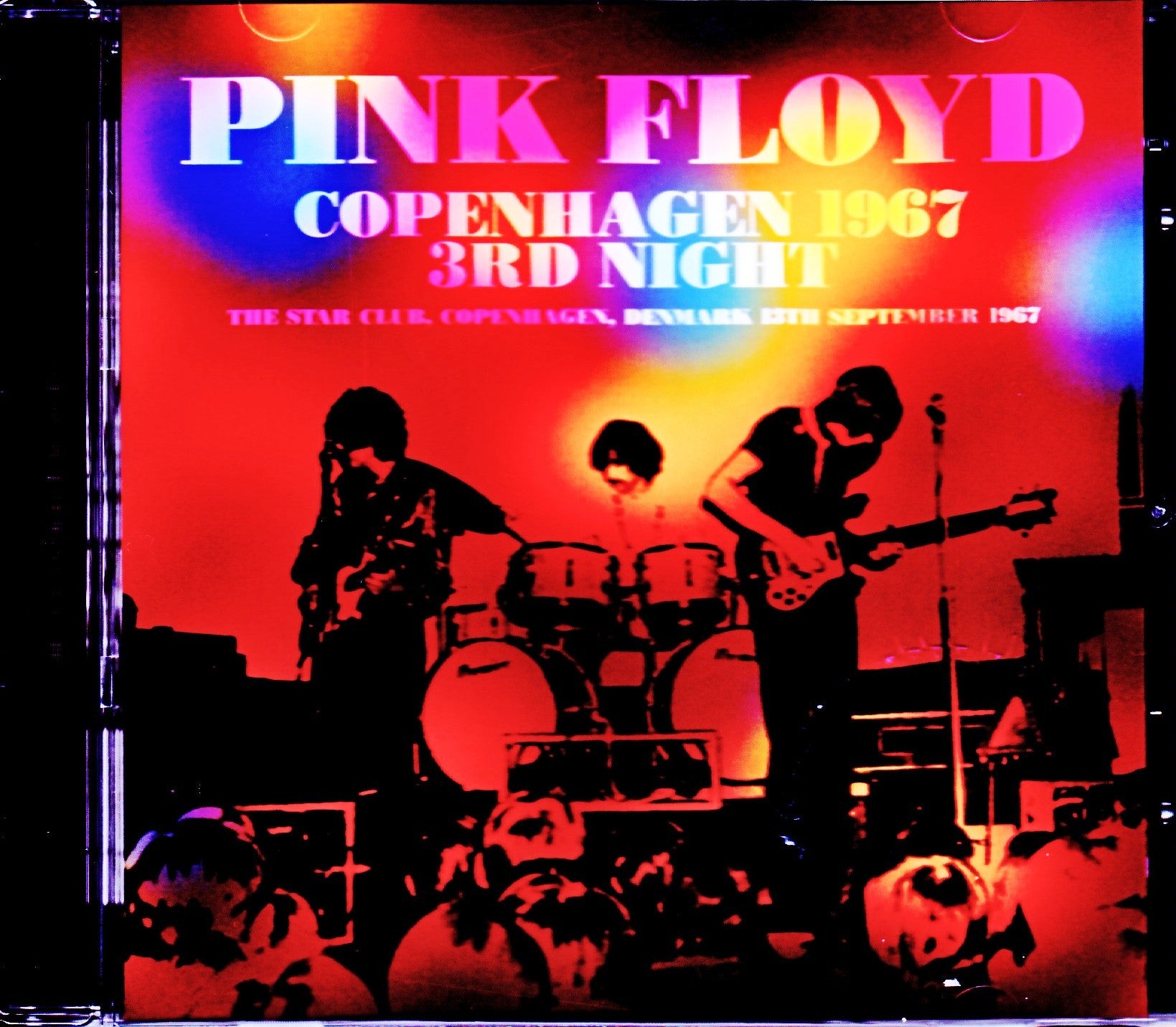
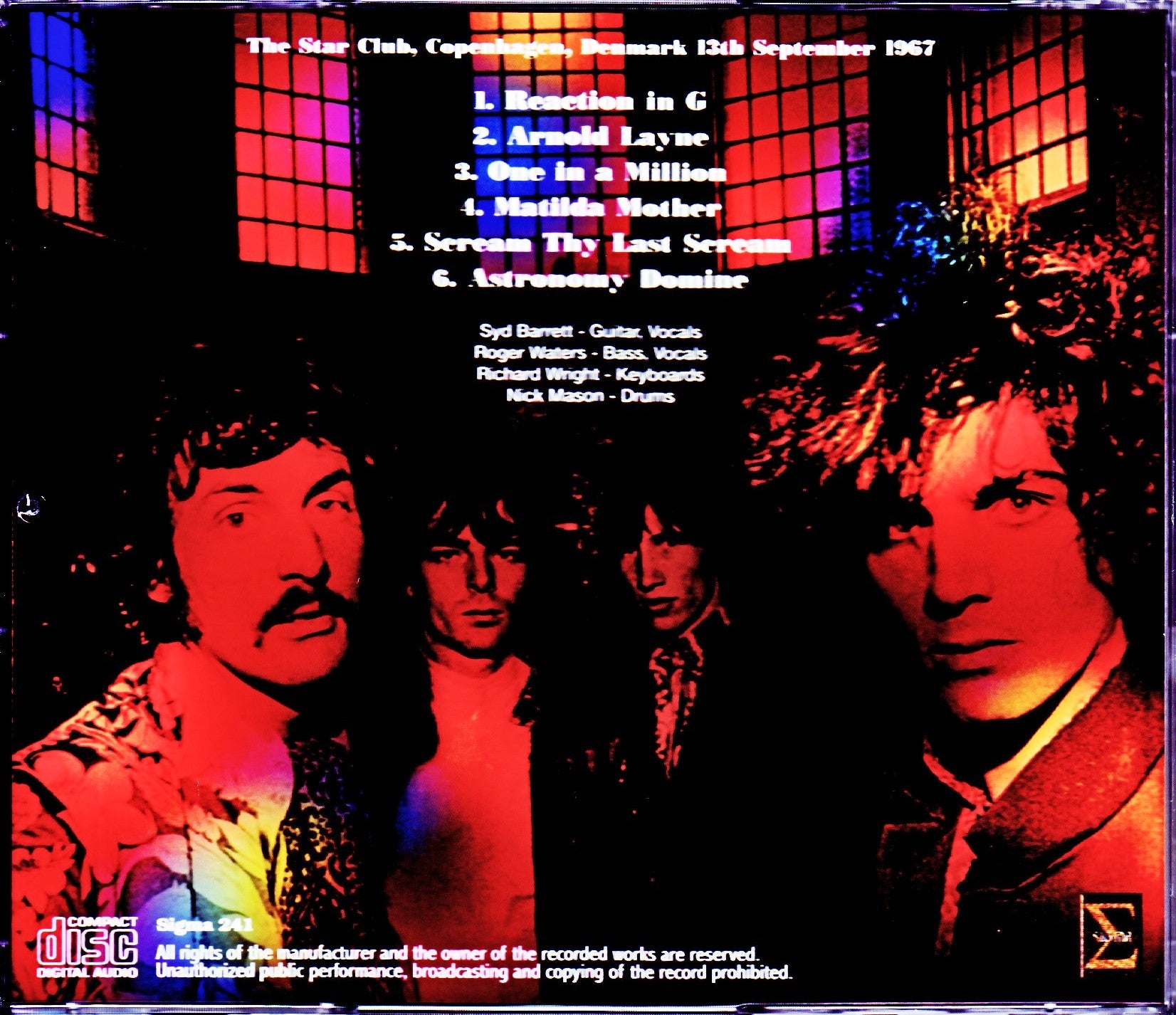

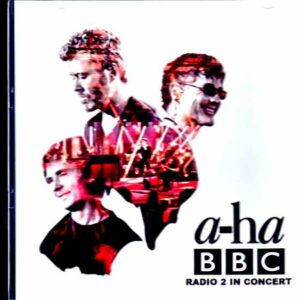
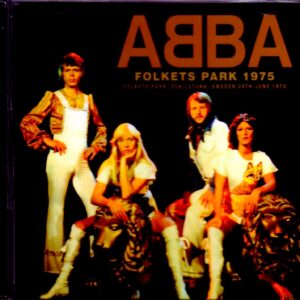

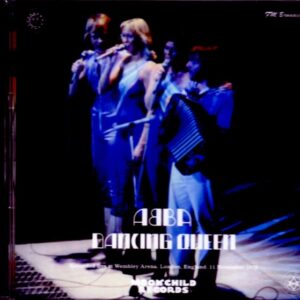
Reviews
There are no reviews yet.